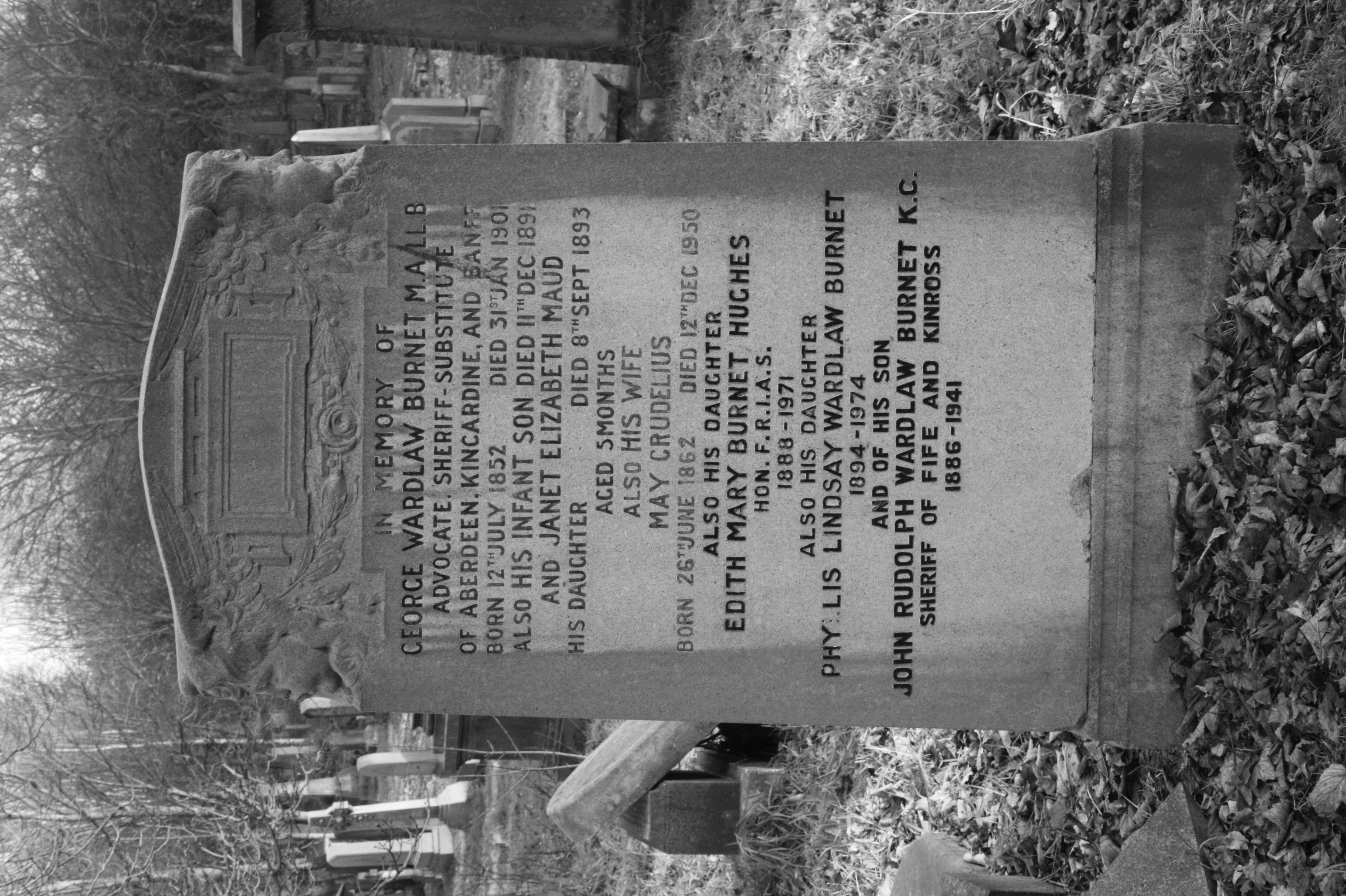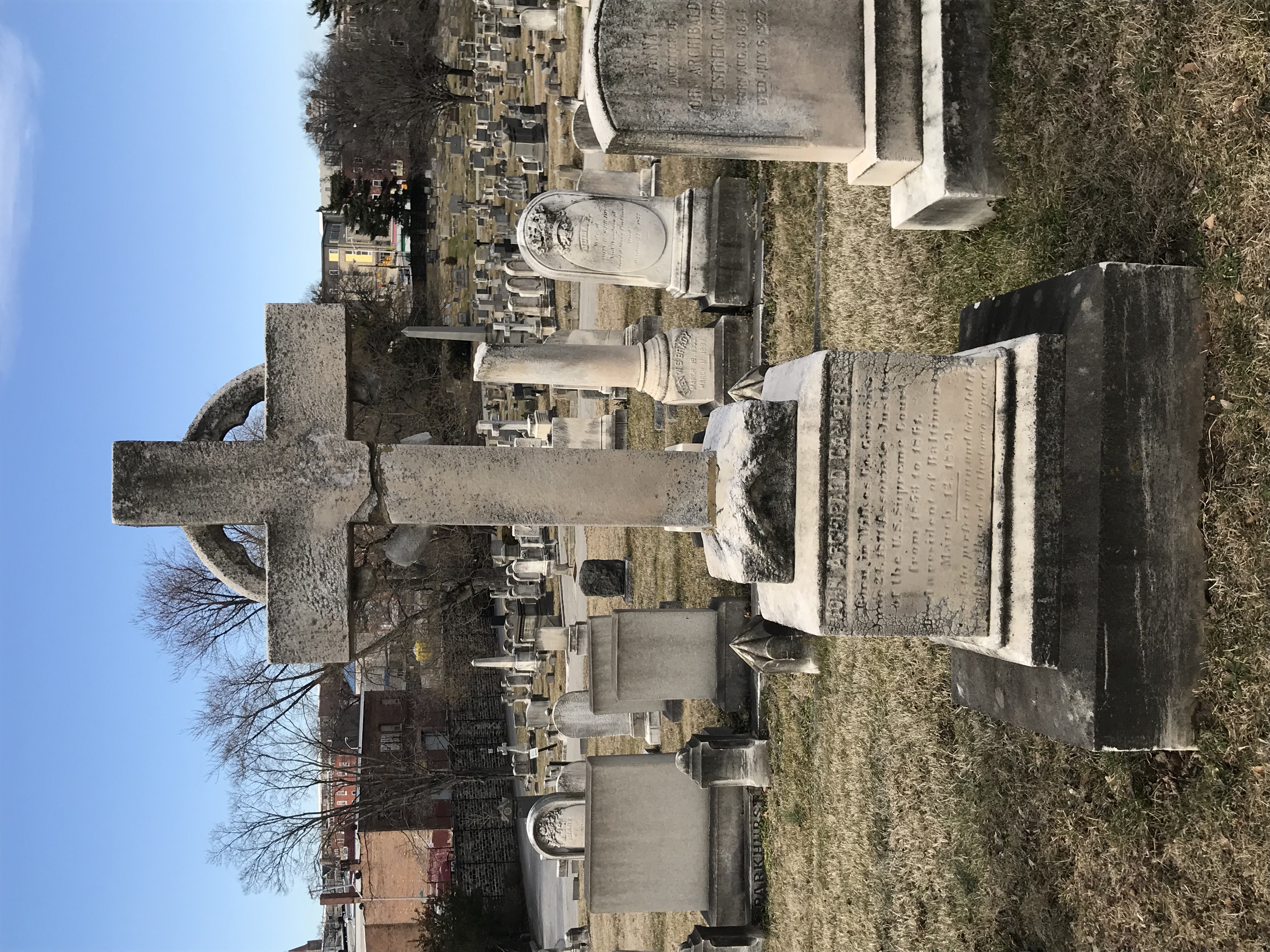|
John Burnet (architect)
John Burnet (27 September 1814 – 15 January 1901) was a Scottish architect who lived and practised in Glasgow. He was born the son of soldier and trained initially as a carpenter, before becoming a Clerk of Works. He rose to prominence in the mid-1850s. Burnet designed many of Victorian Glasgow's public buildings, employing a range of styles, including Neoclassical, Gothic, Renaissance, Italianate and Scottish Baronial . He commissioned many sculptors to adorn his buildings, among them John Mossman and John Crawford . Biography John Burnet was born at Craighead House, Kirk o' Shotts on 27 September 1814. He was the son of Lieutenant George Burnet, a soldier in the Kirkcudbright and Galloway Militia, and Margaret Wardlaw, who was the daughter of a Dalkeith merchant, John Wardlaw. John Burnet was educated at Dunipace Parish School. He later took an apprenticeship as a carpenter, graduating to architecture and becoming a clerk of works in the Alloa- Clackmann ... [...More Info...] [...Related Items...] OR: [Wikipedia] [Google] [Baidu] |
John James Burnet
Sir John James Burnet (31 May 1857 – 2 July 1938) was a Scottish Edwardian architect who was noted for a number of prominent buildings in Glasgow and London. He was the son of the architect John Burnet, and later went into partnership with his father, joining an architectural firm which would become an influential force in British Modern architecture in the 20th century. Biography John James Burnet was born in Blythswood Hill, Glasgow, on 31 May 1857. He was the youngest of the three sons of the architect John Burnet and his wife, Elizabeth Hay Bennet. They were a Congregationalist family. John James was educated in Glasgow at the original Collegiate School, at the Western Academy, and at Blairlodge School, Polmont. Study in Paris He trained for two years in his father's architectural offices. His parents intended him to study at the Royal Academy Schools under Richard Phené Spiers, but Spiers advised him instead to study at the École des Beaux-Arts in Paris. Burnet's ... [...More Info...] [...Related Items...] OR: [Wikipedia] [Google] [Baidu] |
Dunipace
Dunipace is a village in the west of the Falkirk council area of Scotland. The village is south of Stirling and north-west of Falkirk. The village is situated on the north bank of the River Carron and adjoins the town of Denny, to the south of the river. Dunipace is part of the historic county of Stirlingshire. The main road through Dunipace is the A872 road between Denny and Stirling. Based on the 2001 census, Falkirk council reported the population of Dunipace as being 2,444 residents.No 3 - 2001 Census Population of settlements and wards www.falkirk.gov.uk. Retrieved 2011-05-08 History In 1983 a temporary Roman marching camp was found from aerial photographs just outside the t ...[...More Info...] [...Related Items...] OR: [Wikipedia] [Google] [Baidu] |
Thomas Harold Hughes
Edith Mary Wardlaw Burnet Hughes HonFRIAS (7 July 1888 – 28 August 1971) was a Scottish architect, and is considered Britain's first practising female architect, having established her own architecture firm in 1920. Early life Edith Mary Burnet was born in Edinburgh, the daughter of May Crudelius and George Wardlaw Burnet, an advocate. The family lived at 6 West Circus Place in the Stockbridge district. The family moved to 59 Queens Road in Aberdeen when her father was created Sheriff Substitute for Aberdeenshire around 1890. Her grandmother Mary Crudelius campaigned for women's education. Following her father's death in 1901 she was raised by her uncle, John James Burnet, a prominent architect. They lived at 18 University Gardens in Glasgow. She travelled in Europe, studying art and architecture, and attending lectures at the Sorbonne, until around 1911, when she joined Gray's School of Art, Aberdeen. Initially studying garden design, she switched to architecture, ... [...More Info...] [...Related Items...] OR: [Wikipedia] [Google] [Baidu] |
David Raeside
David (; , "beloved one") (traditional spelling), , ''Dāwūd''; grc-koi, Δαυΐδ, Dauíd; la, Davidus, David; gez , ዳዊት, ''Dawit''; xcl, Դաւիթ, ''Dawitʿ''; cu, Давíдъ, ''Davidŭ''; possibly meaning "beloved one". was, according to the Hebrew Bible, the third king of the United Kingdom of Israel. In the Books of Samuel, he is described as a young shepherd and harpist who gains fame by slaying Goliath, a champion of the Philistines, in southern Canaan. David becomes a favourite of Saul, the first king of Israel; he also forges a notably close friendship with Jonathan, a son of Saul. However, under the paranoia that David is seeking to usurp the throne, Saul attempts to kill David, forcing the latter to go into hiding and effectively operate as a fugitive for several years. After Saul and Jonathan are both killed in battle against the Philistines, a 30-year-old David is anointed king over all of Israel and Judah. Following his rise to power, David co ... [...More Info...] [...Related Items...] OR: [Wikipedia] [Google] [Baidu] |
Thomas Smith Tait
Thomas Smith Tait (18 June 1882 – 18 July 1954) was a Scottish modernist architect. He designed a number of buildings around the world in Art Deco and Streamline Moderne styles, notably St. Andrew's House (the headquarters of the Scottish Government) on Calton Hill, Edinburgh, and the pylons for Sydney Harbour Bridge. Biography Born in 1882 in Paisley, the son of a master stonemason, he was educated at the John Neilson Institution, following which he entered apprenticeship as an architect with James Donald in Paisley. Tait went on to Glasgow School of Art where he studied under the Beaux Arts teacher Eugene Bourdon. He travelled extensively in Europe between 1904 and 1905, before settling in London where he joined the prestigious architectural practice of Sir John James Burnet. In 1910 he married Constance Hardy, the daughter of a London stationmaster, and they set up home at 26 Holyoake Walk in Ealing. Together they had three sons; the eldest, Gordon, born in 1912, la ... [...More Info...] [...Related Items...] OR: [Wikipedia] [Google] [Baidu] |
John Archibald Campbell
John Archibald Campbell (June 24, 1811 – March 12, 1889) was an American jurist. He was a successful lawyer in Georgia and Alabama, where he served in the state legislature. Appointed by Franklin Pierce to the United States Supreme Court in 1853, he resigned at the beginning of the American Civil War, traveled south and became an official of the Confederate States of America. After serving six months in a military prison at war's end, he secured a pardon and resumed his law practice in New Orleans, where he also opposed Reconstruction. Appleton's Cyclopedia, vol. 1 p. 514 Early life and education Campbell was born near Washington, Wilkes County, Georgia to the former Mary Williamson and her husband, Col. Duncan Greene Campbell (for whom the now-defunct Campbell County, Georgia, was named). Col. Campbell had been born in North Carolina and attended college in Chapel Hill before moving to Wilkes County, Georgia and studying law under Judge John Griffin. An attorney, h ... [...More Info...] [...Related Items...] OR: [Wikipedia] [Google] [Baidu] |
Aberdeen
Aberdeen (; sco, Aiberdeen ; gd, Obar Dheathain ; la, Aberdonia) is a city in North East Scotland, and is the third most populous city in the country. Aberdeen is one of Scotland's 32 local government council areas (as Aberdeen City), and has a population estimate of for the city of Aberdeen, and for the local council area making it the United Kingdom's 39th most populous built-up area. The city is northeast of Edinburgh and north of London, and is the northernmost major city in the United Kingdom. Aberdeen has a long, sandy coastline and features an oceanic climate, with cool summers and mild, rainy winters. During the mid-18th to mid-20th centuries, Aberdeen's buildings incorporated locally quarried grey granite, which may sparkle like silver because of its high mica content. Since the discovery of North Sea oil in 1969, Aberdeen has been known as the offshore oil capital of Europe. Based upon the discovery of prehistoric villages around the mouths of the ... [...More Info...] [...Related Items...] OR: [Wikipedia] [Google] [Baidu] |
Leith
Leith (; gd, Lìte) is a port area in the north of the city of Edinburgh, Scotland, founded at the mouth of the Water of Leith. In 2021, it was ranked by ''Time Out'' as one of the top five neighbourhoods to live in the world. The earliest surviving historical references are in the royal charter authorising the construction of Holyrood Abbey in 1128 in which it is termed ''Inverlet'' (Inverleith). After centuries of control by Edinburgh, Leith was made a separate burgh in 1833 only to be merged into Edinburgh in 1920. Leith is located on the southern coast of the Firth of Forth and lies within the City of Edinburgh Council area; since 2007 it has formed one of 17 multi-member wards of the city. History As the major port serving Edinburgh, Leith has seen many significant events in Scottish history. First settlement The earliest evidence of settlement in Leith comes from several archaeological digs undertaken in The Shore area in the late 20th century. Amongst the f ... [...More Info...] [...Related Items...] OR: [Wikipedia] [Google] [Baidu] |
Eugène Viollet-le-Duc
Eugène Emmanuel Viollet-le-Duc (; 27 January 181417 September 1879) was a French architect and author who restored many prominent medieval landmarks in France, including those which had been damaged or abandoned during the French Revolution. His major restoration projects included Notre-Dame de Paris, the Basilica of Saint Denis, Mont Saint-Michel, Sainte-Chapelle, and the medieval walls of the city of Carcassonne, and he planned much of the physical construction of the Statue of Liberty (''Liberty Enlightening the World''). His later writings on the relationship between form and function in architecture had a notable influence on a new generation of architects, including Victor Horta, Hector Guimard, Antoni Gaudí, Hendrik Petrus Berlage, Louis Sullivan and Frank Lloyd Wright. Youth and education Viollet-le-Duc was born in Paris in 1814, in the last year of the Empire of Napoleon Bonaparte. His grandfather was an architect, and his father was a high-ranking civil servan ... [...More Info...] [...Related Items...] OR: [Wikipedia] [Google] [Baidu] |
Paul Letarouilly
Paul may refer to: *Paul (given name), a given name (includes a list of people with that name) *Paul (surname), a list of people People Christianity *Paul the Apostle (AD c.5–c.64/65), also known as Saul of Tarsus or Saint Paul, early Christian missionary and writer *Pope Paul (other), multiple Popes of the Roman Catholic Church *Saint Paul (other), multiple other people and locations named "Saint Paul" Roman and Byzantine empire *Lucius Aemilius Paullus Macedonicus (c. 229 BC – 160 BC), Roman general *Julius Paulus Prudentissimus (), Roman jurist *Paulus Catena (died 362), Roman notary *Paulus Alexandrinus (4th century), Hellenistic astrologer *Paul of Aegina or Paulus Aegineta (625–690), Greek surgeon Royals *Paul I of Russia (1754–1801), Tsar of Russia *Paul of Greece (1901–1964), King of Greece Other people *Paul the Deacon or Paulus Diaconus (c. 720 – c. 799), Italian Benedictine monk *Paul (father of Maurice), the father of Maurice, Byzan ... [...More Info...] [...Related Items...] OR: [Wikipedia] [Google] [Baidu] |
Jean-Nicolas-Louis Durand
Jean-Nicolas-Louis Durand (Paris, 18 September 1760 – Thiais, 31 December 1834) was a French author, teacher and architect. He was an important figure in Neoclassicism, and his system of design using simple modular elements anticipated modern industrialized building components. Having spent periods working for the architect Étienne-Louis Boullée and the civil engineer Jean-Rodolphe Perronet, he became a Professor of Architecture at the École Polytechnique in 1795. See also * Étienne-Louis Boullée * Leo von Klenze * Gustav Vorherr * Friedrich Weinbrenner Friedrich Weinbrenner (24 November 1766 – 1 March 1826) was a German architect and city planner admired for his mastery of classical style. Birth and education Weinbrenner was born in Karlsruhe, and began his career apprenticed to his father, ... Bibliography * ''Nouveau précis des leçons d'architecture : données a l'Ecole impériale polytechnique'' by J.N.L. Durand pub. Fantin; (1813) * ''Précis des leçon ... [...More Info...] [...Related Items...] OR: [Wikipedia] [Google] [Baidu] |







